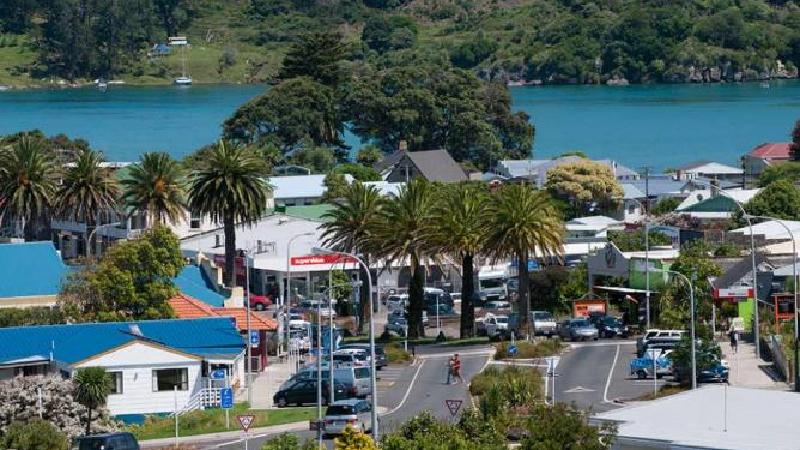The Auckland Council is encouraging homeowners affected by floods to take steps to protect their homes from future flooding. Council officers are visiting homes to identify major flood risks such as roofs without gutters and blocked drains. However, they are not offering any financial aid to help homeowners make these changes.
Elaine and Greg Exler, whose West Auckland home was severely affected by the Auckland Anniversary floods last year, have made significant changes to their property to prevent future damage. They have lowered their driveway, fixed their roof gutters, cleared their drains and added a trench and grate to their fence to divert water away from their house.
The council has visited 1,300 other properties affected by last year’s floods and is urging them to take similar steps to protect their homes. Tom Mansell, Auckland Council head of sustainable outcomes, suggested that homeowners could make small changes, such as adding gaps in fences, to prevent water from damaging their properties.
However, not all homeowners have been compliant. Adrian Wilson, Compliance manager, warned that homeowners who do not make changes could face consequences such as bills or notices requiring them to take action.
The Exlers have spent over $150,000 on their home improvements, and argue that the council should provide some funding. However, Mayor Wayne Brown said there was no money in the budget for this. He added that the council was making good progress with its categorisation scheme for flood-affected properties, and urged homeowners to do what they could to protect their homes for the future.




























































